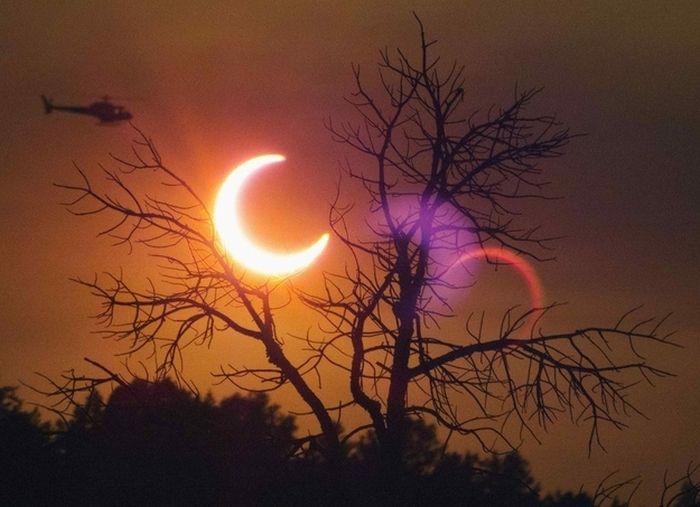|
|
Solar Eclipse
|
Phenomena associated with eclipses include shadow bands (also known as flying shadows), which are similar to shadows on the bottom of a swimming pool. They only occur just prior to and after totality, when a narrow solar crescent acts as an anisotropic light source.
• 1919 observations
The observation of a total solar eclipse of May 29, 1919 helped to confirm Einstein's theory of general relativity. By comparing the apparent distance between stars, with and without the Sun between them, Arthur Eddington stated that the theoretical predictions about gravitational lenses were confirmed. The observation with the Sun between the stars was only possible during totality, since the stars are then visible. Though Eddington's observations were near experimental limits of accuracy at the time, work in the later half of the 20th century confirmed his results.
|
|









